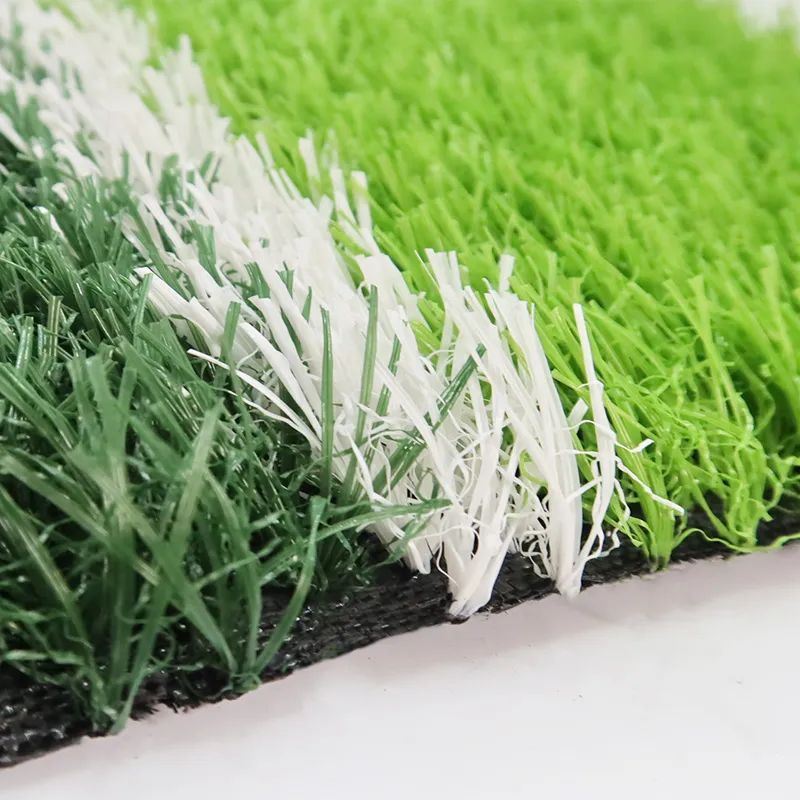
- Afrikaans
- Arabic
- Belarusian
- Bengali
- Czech
- Danish
- Dutch
- English
- Esperanto
- Estonian
- Finnish
- French
- German
- Greek
- Hindi
- Hungarian
- Icelandic
- Indonesian
- irish
- Italian
- Japanese
- kazakh
- Rwandese
- Korean
- Kyrgyz
- Lao
- Latin
- Latvian
- Malay
- Mongolian
- Myanmar
- Norwegian
- Persian
- Polish
- Portuguese
- Romanian
- Russian
- Serbian
- Spanish
- Swedish
- Tagalog
- Tajik
- Thai
- Turkish
- Turkmen
- Ukrainian
- Urdu
- Uighur
- Uzbek
- Vietnamese
artificial turf cricket pitch
Dec . 02, 2024 03:47 Back to list
The Rise of Artificial Turf Cricket Pitches Revolutionizing the Game
In recent years, cricket has witnessed a significant transformation, not only in terms of playing styles and techniques but also in the infrastructure that supports this beloved sport. One of the most noteworthy advancements is the introduction of artificial turf cricket pitches. These synthetic surfaces are changing the way the game is played, offering numerous benefits over traditional grass pitches.
The Need for Artificial Turf
Traditionally, cricket has relied on natural grass pitches, which can be heavily affected by weather conditions. Rain, humidity, and sunlight play crucial roles in determining pitch quality, sometimes leading to frustration for players and organizers alike. Grass pitches require extensive maintenance, including mowing, rolling, and watering, which can be labor-intensive and costly. In regions where cricket is popular but water resources are scarce, maintaining high-quality grass pitches can become a daunting challenge.
Artificial turf cricket pitches serve as a practical solution to these problems. They provide consistent playing conditions, ensuring that matches can be played regardless of weather conditions. This reliability has made them an appealing option for schools, clubs, and professional venues alike.
Benefits of Artificial Turf Pitches
1. Consistency and Predictability One of the most significant advantages of artificial turf is its ability to offer a uniform playing surface. Unlike natural grass, which can vary based on the type of grass, soil quality, and maintenance practices, synthetic pitches provide consistent bounce and pace. This predictability allows players to focus on their techniques rather than constantly adjusting to an unpredictable surface.
2. Reduced Maintenance Artificial turf pitches require far less maintenance than their natural counterparts. They do not need mowing, watering, or fertilizing, allowing groundskeepers to allocate their resources more efficiently. This reduced maintenance also translates into lower long-term costs for clubs and organizations.
3. Durability Synthetic surfaces are designed to withstand heavy use. Unlike grass pitches, which can wear out after just a few games, artificial turf can endure extensive play without significant wear and tear. This durability is particularly beneficial for youth clubs and schools, where pitches are used frequently.
artificial turf cricket pitch

4. Weather Resistance Artificial turf pitches are not affected by rain or drought, allowing for uninterrupted play year-round. This is especially vital in regions with unpredictable weather patterns, where natural pitches could be rendered unusable after a downpour.
5. Enhanced Player Safety Many modern artificial turfs are designed with safety in mind, offering better shock absorption compared to traditional surfaces. This feature can help reduce the risk of injury during play, benefiting both amateur and professional players.
Challenges and Considerations
Despite the numerous advantages, there are some challenges associated with artificial turf pitches. Concerns have been raised regarding the potential for increased heat retention, leading to uncomfortable playing conditions during hot weather. Additionally, the initial installation cost for synthetic pitches can be high, which may deter some organizations from making the switch.
Furthermore, there are varying qualities of artificial turf available on the market. Lower-quality products can lead to issues such as inconsistent bounce or inadequate drainage, which can undermine the very benefits that artificial pitches are meant to deliver. Therefore, thorough research and investment in high-quality materials are essential for organizations considering this transition.
The Future of Cricket with Artificial Turf
As cricket continues to evolve, the adoption of artificial turf pitches seems set to increase. With advancements in technology leading to more realistic and high-quality synthetic surfaces, we can expect more clubs and facilities to incorporate these pitches into their infrastructure. This shift could lead to a more inclusive environment where cricket is accessible to a wider audience, minimizing the barriers presented by natural pitch maintenance.
In conclusion, artificial turf cricket pitches represent a significant leap forward for the sport. With their myriad benefits, they offer a practical solution to many of the challenges faced by traditional grass pitches. As cricket embraces this evolution, players, coaches, and fans can look forward to a game that is not only more reliable and accessible but also more enjoyable for everyone involved.
-
The Benefits of Artificial Turf for Indoors
NewsJul.15,2025
-
How Artificial Grass Suppliers Ensure Quality Products
NewsJul.15,2025
-
Artificial Grass and Pets: A Space for Relaxation
NewsJul.08,2025
-
Balcony & Outdoor Decoration with Artificial Grass
NewsJul.08,2025
-
Best Indoor Artificial Grass for Home
NewsJul.07,2025
-
Best Pet Turf for Dogs: Safe & Durable Artificial Grass Options
NewsJul.07,2025
Products categories









